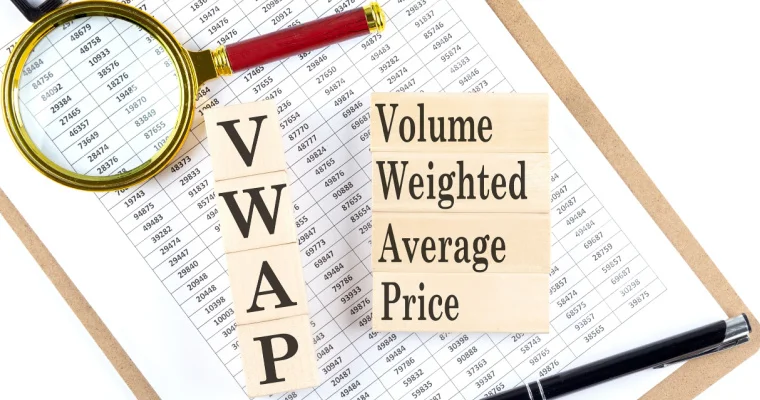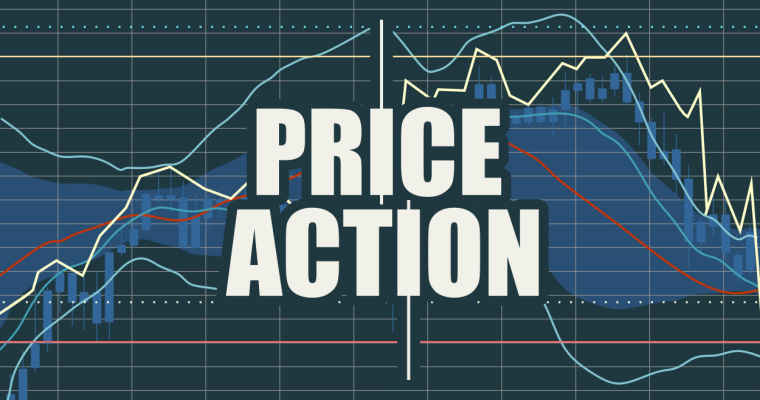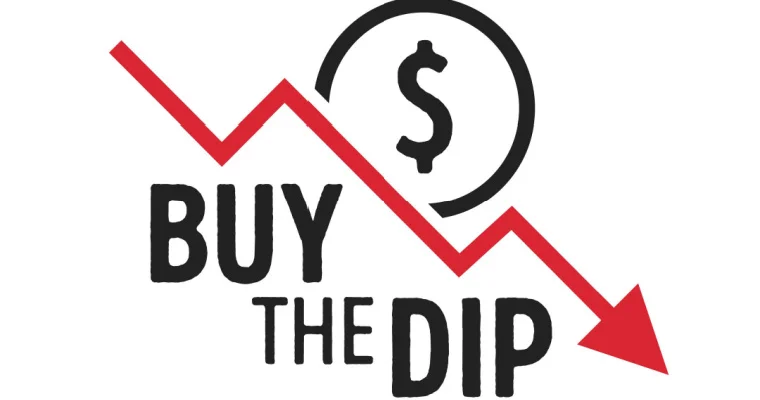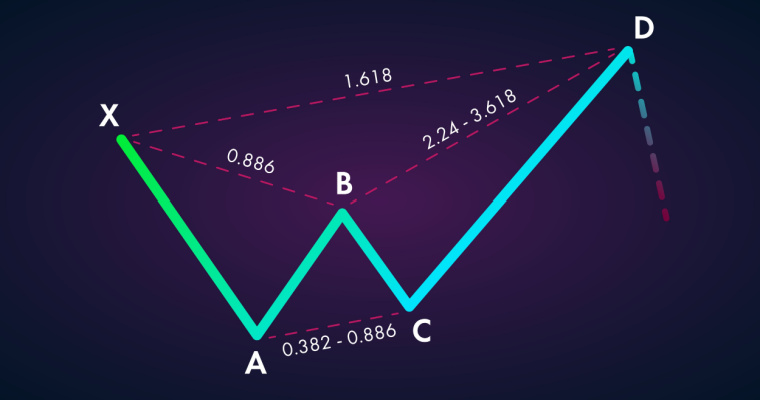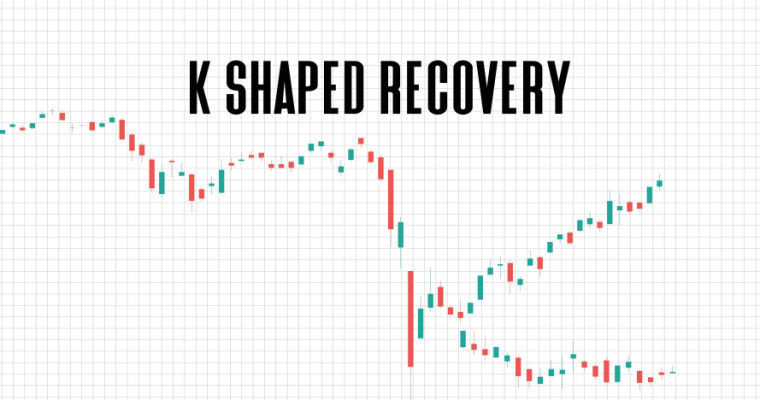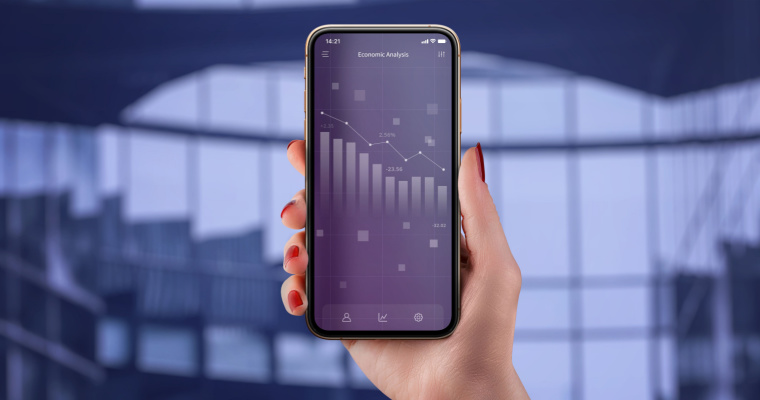How On-balance Volume (OBV) Helps Detect Trading Opportunities – its Calculation and Benefits

The On-balance Volume (OBV) is a technical indicator that measures buying and selling pressures to make predictions on a stock’s price movements. This is a pure momentum indicator used by traders and analysts for stocks, commodities, indices and Forex. It is one of the most popular indicators used to detect trading opportunities.
OBV was first mentioned in 1963 by Joseph Granville in his book called ‘Granville’s New Key to Stock Market Profits’. Granville considered volume to be a key force behind market changes. He came up with the idea of OBV to predict major market movements.
This article helps you delve deeper into OBV, how it works, its formula, examples, uses, limitations and what a change in OBV indicates. Read on!
How Does the OBV Indicator Work?
On-balance volume (OBV) adds volume on up days while subtracting volume on down days to measure trading pressures. For a particular security, when its price closes at a higher value than the previous day’s, that day’s volume is the up-volume. In contrast, when the prices close at a lower value, all of that day’s volume is considered down-volume.
Investors can check a stock’s volume to determine where its price is headed. Many consider volume to be a reliable indicator as it denotes the crowd sentiment that can predict a bullish or a bearish phase. The on-balance volume indicator shows clear signals that investors and traders can use.
While a rise in trading volumes indicates a possible rise in stock prices, falling volumes indicate a lowering of prices. When volumes support price movement, it makes for reliable directional signals and creates convergence. On the other hand, an opposing action creates divergence, indicating that market forces are in conflict with each other.
Formula for Calculating On-Balance Volume
To calculate OBV, one must add the day’s volume of a security if the price increases upon the closing of the market. On the other hand, if the day’s closing price goes down, one must subtract the day’s volume from the asset’s OBV of the previous day.
The following are the formulas for on-balance volume calculation:
- If today’s closing price > previous day’s closing price
OBV = OBV on previous day + today’s trading volume
- If today’s closing price = previous day’s closing price
OBV = OBV on previous day + 0
- If today’s closing price < previous day’s closing price
OBV = OBV on previous – today’s trading volume
Also Read
Example of Calculating On-balance Volume (OBV)
Let’s say ABC Pvt Ltd is a company whose shares have shown the following closing prices and volumes over 10 days from August 1, 2022. Let us assume that the OBV on August 1 is 0 for ease of calculation.
| Date | Up-Down | Closing Price | Trading Volume |
| August 1 | NA | NA | NA |
| August 2 | +1 | Rs.800.05 | 8,200 |
| August 3 | +1 | Rs.812.50 | 8,100 |
| August 4 | +1 | Rs.813.65 | 8,300 |
| August 5 | +1 | Rs.816.00 | 8,900 |
| August 8 | -1 | Rs.810.40 | 9,200 |
| August 9 | +1 | Rs.820.25 | 13,300 |
| August 10 | -1 | Rs.818.50 | 10,300 |
| August 11 | -1 | Rs.817.75 | 9,900 |
| August 12 | +1 | Rs.818.35 | 10,100 |
| August 16 | -1 | Rs.817.40 | 11,300 |
As we can see from the above table, August 2, 3, 4, 5, 9 and 12 are up-days, so trading volumes will be added to the OBV. In contrast, August 8, 10, 11 and 16 are down days, so trading volume will get subtracted.
According to this table, OBV for these 10 days will be:
- August 2: OBV = 0 + 8,200 = 8,200
- August 3: 8,200 + 8,100 = 16,300
- August 4: 16,300 + 8,300 = 24,600
- August 5: 24,600 + 8,900 = 33,500
- August 8: 33,500 – 9,200 = 24,300
- August 9: 24,300 + 13,300 = 37,600
- August 10: 37,600 – 10,300 = 27,300
- August 11: 27,300 – 9,900 = 17,400
- August 12: 17,400 + 10,100 = 27,500
- August 16: 27,500 – 11,300 = 16,200
Benefits of Using the On-Balance Volume in Trading
The following points will elaborate on the advantages of using OBV in trading:
- A key reason for using OBV is that it allows retail investors to track ‘smart money’. This refers to the money invested by institutional investors such as banks, mutual funds, pension funds, etc. The scale of such investments influences and moves financial markets, which small investors can use to their advantage.
- Volume is a key force that projects major market movements. When stock prices are relatively flat and volume increases or decreases substantially, there could likely be a sharp price movement. Knowing the possible direction of volume changes, one can predict possible bullish or bearish sentiments.
- On-balance volume is a simple tool where one only has to tally up the cumulative up and down volume to get clear trading signals. One can easily plot a continuous line that shows all the highs, lows and trend patterns similar to price bars. One can also compare OBV to price bars to get more accurate signals.
- OBV is a perfect tool when used during major market highs or lows. Investors can use it to measure possible breakouts and breakdowns for an asset’s price. For example, a bullish divergence could predict that a price rally will break resistance.
Limitations of Using the On-balance Volume Indicator
The following are some of the limitations of using OBV as a trading indicator:
- While OBV is a leading indicator that produces reliable signals, it does not give much information on the bigger picture of those signals. Due to this reason, one can get misinterpretations and false positives, which can lead to losses.
- Another problem with on-balance volume is that a large market movement that takes place on a single day can lead to a massive change in its value. Thus, a large spike in trading volume due to a stock being added or removed from an index can throw off this indicator for a while.
- This trading indicator is not suitable for day traders as it does not perform well when an asset’s price is within a range.
How Can You Use the On-balance Volume Indicator?
Checking the on-balance volume is quite easy as most trading platforms have this as an in-built function. It is important to remember that the OBV chart is effective when the price of an asset is moving upwards and downwards. These charts are not suitable when the price trends keep changing, or the markets are consolidating.
With some platforms, you may need to check whether the OBV indicator’s timeline is the same as that of the price charts. For example, if you are checking a daily price chart, you will not want to select the weekly OBV.
You do not need to know the exact value of OBV to interpret it. All you need to do is apply it on price charts. The on-balance volume indicator works reliably when used with other indicators, such as the relative strength index and moving averages.
What Does a Change in OBV Indicate?
As mentioned before, the value of the on-balance volume is not important. Its value can be negative, positive or zero. However, its rate and direction are indicators of a noticeable change.
The following points will discuss the various OBV and price values and what they indicate:
- When both price and OBV have higher peaks and troughs: Both the price chart and OBV will look identical as they keep moving in the same direction. The uptrend will likely continue for some time.
- When both the price and OBV have lower peaks and troughs: This indicates a downtrend that will likely continue for a while. The volume supports the price movement, and the trend is said to be perfectly down.
- When the price and OBV do not respond to each other: It shows signs of divergence due to an imbalance between an asset’s price and trading volume.
The following things can happen due to a divergence:
- The asset’s price rises to higher peaks, but OBV does not: This is a sign of negative divergence, which indicates that the increase in price is not supported by volume. It is also called a non-confirmation and usually marks the end of an uptrend.
- Its price continues to fall, but OBV fails to make lower trends: Both price and volume are expected to go down during a downtrend. If the volume does not support a downtrend, it may mark the end of a bear market.
- Both the price and volume keep rising, but OBV breaks the previous top: It shows that the price is increasing, but OBV is so high that it makes an advanced breakout. Unlike non-confirmations, an advanced breakout is a sign of market strength.
- Both price and volume fall, but OBV breaks the previous bottom: This shows an advanced breakdown which indicates that the price may also break the bottom.
Also Read
Trading Rules to Keep in Mind While Using OBV
The following are some of the rules to keep in mind when using on-balance volume:
• Following Market Trends
If the OBV is moving noticeably in a certain direction, it could be a sign of a large change in that direction. Watching the trends of price and OBV is an easy way to spot trading opportunities and signs of divergence.
• Using Other Indicators
As mentioned before, OBV works well when used with other indicators, such as moving averages. One can also use pattern analysis to increase the robustness of trading signals with on-balance volume.
• Watching for Signs of Divergence
In many cases, when price movement does not correlate with OBV, it indicates a potential reversal. Often, volume swings precede a massive change in prices, which could result in a great trading opportunity.
When prices decline but OBV advances, it indicates a bullish reversal. On the other hand, a bearish reversal usually happens when an asset’s price starts advancing, but OBV declines. A possible buying or selling opportunity can arise during such situations.
Final Word
On-balance volume is a useful indicator for large changes in the market. It uses volume changes to make price predictions and assess market sentiments. You can follow this metric along with other technical analysis tools to predict bullish or bearish changes in the market and spot trading opportunities.
FAQs
Ans: Traders use the OBV indicator mainly because it lets them judge if a stock’s rising prices are due to a huge uptrend or a false move in the wrong direction. When a stock’s price increases despite having low volumes, such upward movements are not sustainable. Thus, people use OBV to get a clear picture of price strength.
Ans: OBV shares similarities with AD curves as both are momentum indicators that use volume changes to predict price movements. However, AD measures the net inflows and outflows of money for particular security using the money flow multiplier and volume.
Ans: The OBV value is cumulative, and it mostly depends on the starting date. Changing this would arbitrarily change the OBV value. Therefore, analysts only refer to the OBV value on a price chart and not the numerical value.
Ans: Momentum indicators are technical analysis tools that measure the rate at which stock prices fall or rise. It is a very useful indicator for determining a stock’s strength or weakness, especially in rising markets.
Ans: The moving day average of a share is its constantly updated average price. One can choose any time period to measure a stock’s moving day average, which helps to form a customisable indicator that filters out unnecessary information about price fluctuations.
Disclaimer
This article is solely for educational purposes. Navi doesn't take any responsibility for the information or claims made in the blog.

Customer’s Feedback
No comments found.Illiquid Stocks Guide: Definition, Examples, and its Working
Illiquid stocks are part of a long-term investment strategy that is appropriate for investors who a... Read More »What is Shooting Star Candlestick Pattern in Trading?
The shooting star candlestick pattern is considered to be a bearish reversal candlestick ... Read More »What is VWAP Indicator and How to Use it for Trading
The VWAP indicator shows the volume-weighted average market price of a particular stock. You can us... Read More »What is Price Action Trading: Its Strategy, Stop Loss and Profit Targets
Price action trading is a methodology in which the trader solely relies on analysing a security’s... Read More »What is Buy the Dip Strategy in Trading – Working and Example
‘Buy the dip’ is one of the most common phrases in the stock market. It is sort of a go-t... Read More »What is the Black Scholes Model – Formula, Calculation and Assumptions
Among the important concepts in modern financial theory, the Black Scholes model, developed in 1973... Read More »What is Iron Condor and What are its Strategies?
Iron Condor is an options trading strategy that involves four options with the same expiration date... Read More »What is Harmonic Pattern and How Does it Help in Trading?
Harmonic patterns are one of the most efficient and effective trading patterns. Although they are m... Read More »What is a Contract Note and Why is it Important?
Contract note is a legal document containing the details of every stockbroker's trade on a stock ex... Read More »What is K-shaped Recovery: Indication, Example and
Economies go through multiple phases in business cycles. One such phase is a recession which is mar... Read More »Guide to Book Building – Its Types, Benefits and Process
Initial public offerings (IPOs) are priced as specified by their underwriters. The process by which... Read More »Support and Resistance in Trading: Working, Strategies, Uses and Example
Support and resistance are two of the most significant and practical concepts in technical analysis... Read More »Top 10 Chit Fund Schemes in India in 2023
Chit funds are one of the most popular return-generating saving schemes in India. It is a financial... Read More »10 Best Gold ETFs in India to Invest in April 2023
Gold ETFs or Gold Exchange Traded Funds are passively managed funds that track the price of physica... Read More »10 Best Demat Accounts in India for Beginners in 2023
Creation of Demat accounts revolutionised the way trades were conducted at the stock exchanges. It... Read More »20 Best Index Funds to Invest in India in April 2023
What is an Index Fund? An index fund is a type of mutual fund or exchange-traded fund (ETF) that... Read More »Best Arbitrage Mutual Funds to Invest in India in April 2023
Arbitrage funds are hybrid mutual fund schemes that aim to make low-risk profits by buying and sell... Read More »10 Best SIP Plans in India to Invest in April 2023
What is SIP? SIP or Systematic Investment Plan is a method of investing a fixed amount in ... Read More »10 Best Corporate Bond Funds in India to Invest in April 2023
Corporate bond funds are debt funds that invest at least 80% of the investment corpus in companies ... Read More »10 Best Bank for Savings Account in India [Highest Interest Rate 2023]
Savings account is a type of financial instrument offered by several banks. It lets you safely depo... Read More »
















